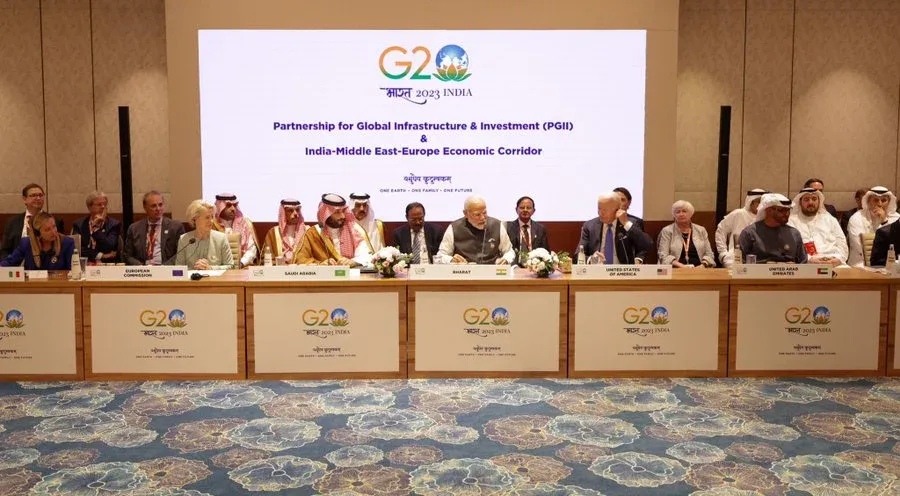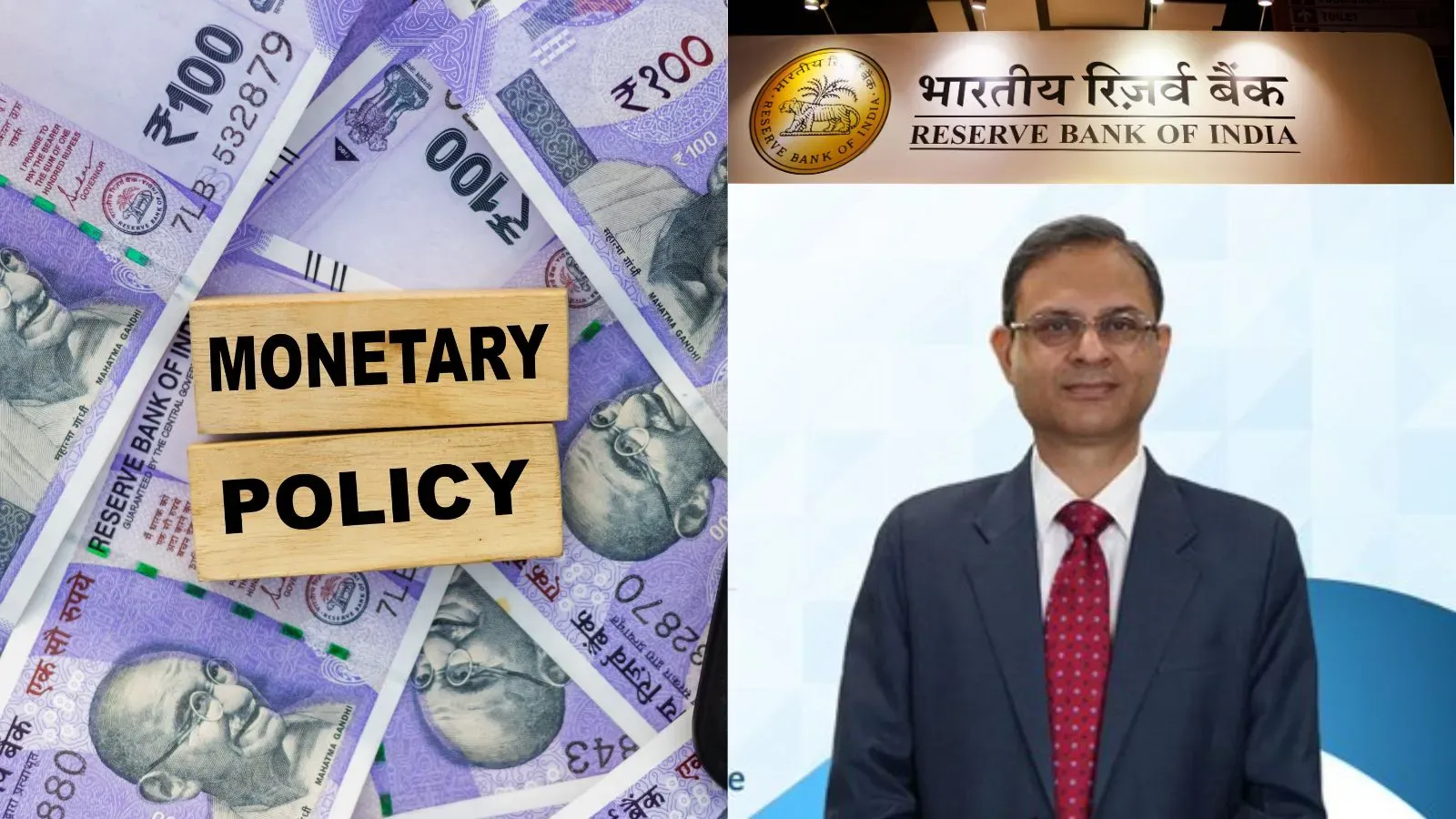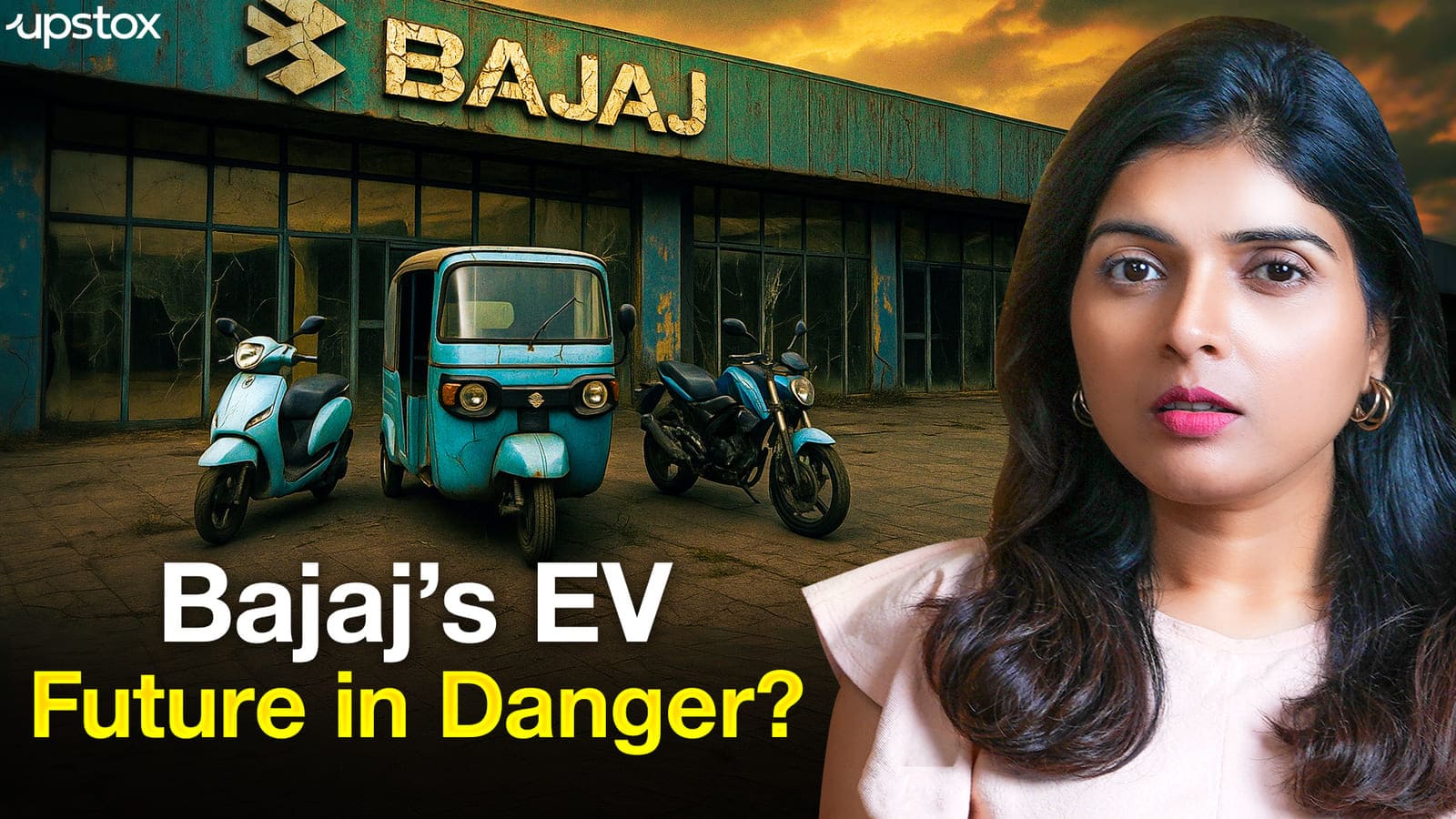Business News
Israel-Hamas ceasefire could pave way for India-led trade corridor: All you need to know about IMEC project
.png)
3 min read | Updated on January 16, 2025, 14:21 IST
SUMMARY
The India-Middle East-Europe Economic Corridor (IMEC), a landmark trade corridor announced during India’s G20 presidency, is set to gain momentum after the ceasefire between Israel and Hamas in Gaza.

An MoU on the principles of India-Middle East-Europe Economic Corridor was signed on the sidelines of G20 Summit in New Delhi.
After the ceasefire deal between Israel and Hamas in the Gaza Strip, US President Joe Biden on Thursday said that the path-breaking India-Middle East-Europe Economic Corridor (IMEC) could now become a reality.
The IMEC project was announced during India’s G20 presidency in September 2023 but it soon hit a roadblock as Hamas attacked Israel the next month, triggering a devastating 15-month-long war.
“At the G20 in Delhi on September 23, I rallied key countries behind a vision of an economic corridor from India across the Middle East to Europe. That vision can now become a reality,” Biden told reporters while announcing the ceasefire agreement between Israel and Hamas.
India-Middle East-Europe Corridor or IMEC
Seen as an alternative to China's Belt and Road Initiative, IMEC comprises India, the US, Saudi Arabia, UAE, the European Union, France, Germany and Italy.
The project aims to bolster transportation and communication links between Europe and Asia through rail and shipping networks.
The IMEC will have two separate corridors, the east corridor connecting India to the Arabian Gulf and the northern corridor connecting the Arabian Gulf to Europe.
As per the MoU signed by the participating countries, the project will include a railway to provide a reliable and cost-effective cross-border ship-to-rail transit network to supplement existing maritime and road transport routes.
The IMEC signatories intend to enable the laying of cable along the railway route for electricity and digital connectivity, as well as pipe for clean hydrogen export.
Hudson Institute, a US-based think tank, in its recent report, highlighted how India was using multilateral initiatives like IMEC to pursue its expanding strategic and economic interests.
The IMEC initiative helps position India as a key player in reshaping global supply chains and trade routes.
“By offering an alternative to China’s Belt and Road Initiative, this project underscores New Delhi’s proactive approach to regional economic integration and infrastructure development," the report said.
3-phase Israel-Hamas ceasefire
After 15 months of devastating conflict in Gaza, Israel and Hamas have agreed to a three-phase ceasefire designed to stop the war and secure the release of hostages. Announced by Qatar's Prime Minister Sheikh Mohammed bin Abdulrahman Al Thani on Wednesday, the deal marks a major diplomatic breakthrough mediated by Qatar, the United States, and Egypt.
The first phase promises a six-week truce, during which Israel will withdraw troops from Gaza’s densely populated areas. In exchange, Hamas will release 33 hostages, including women, older adults, and the injured. Israel will reciprocate by freeing hundreds of Palestinian prisoners.
Hundreds of trucks carrying food, water, and medical supplies are expected to enter Gaza daily.
The second phase would include the release of all remaining hostages, including Israeli soldiers, contingent on a complete withdrawal of Israeli forces from Gaza. While the final details were still being ironed out, this stage is expected to be the most challenging, given the deep mistrust between the parties.
The final phase will focus on rebuilding Gaza, a task expected to take decades due to the large-scale devastation caused by the war.
By signing up you agree to Upstox’s Terms & Conditions
About The Author
Next Story

